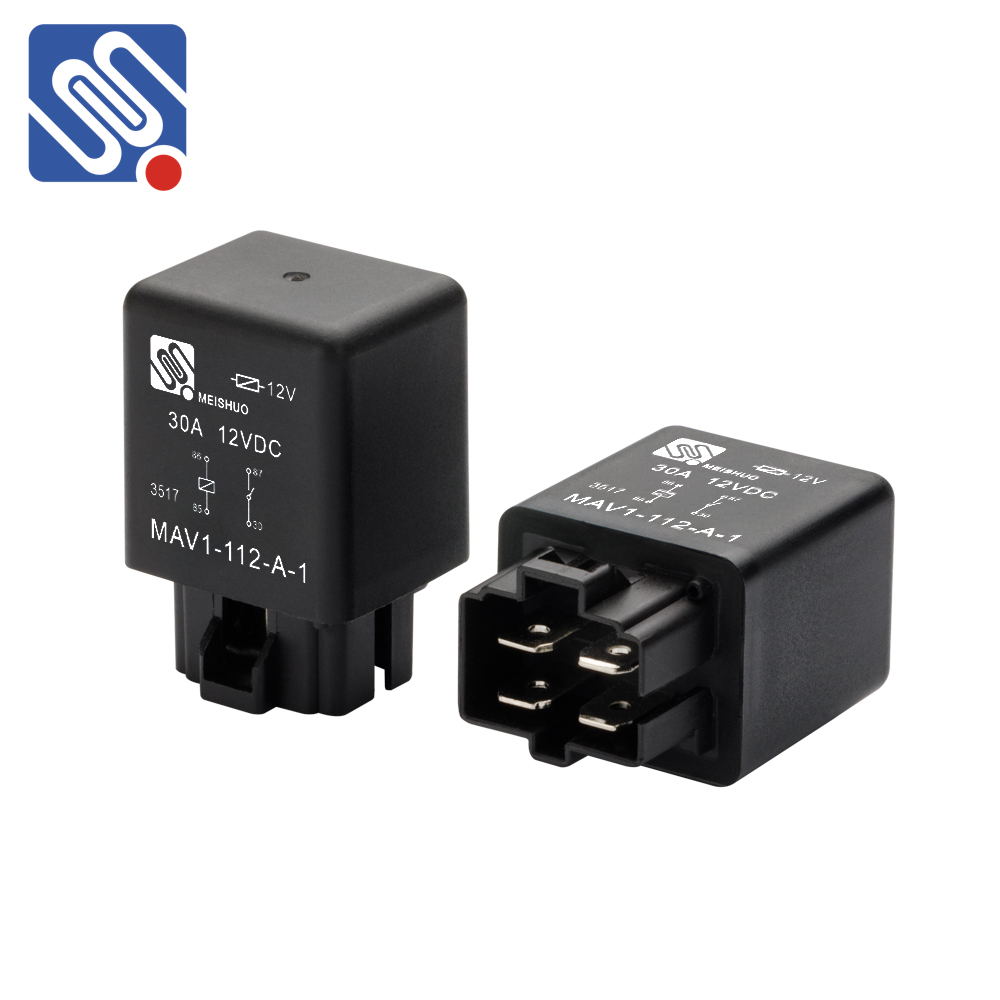Relays are crucial components in electrical and electronic systems, acting as electrically operated switches. They are used to control a circuit by opening or closing contacts in response to an electrical signal. Due to their wide range of applications, it’s essential to understand how different relay specifications compare. This comparison allows engineers and designers to choose the most appropriate relay for their specific requirements. In this article, we will explore key specifications of relays and compare various types to provide a comprehensive understanding of their differences.

1. Type of Relay The first point of comparison in relay specifications is the type of relay. Relays come in several variations, including electromagnetic relays, solid-state relays, and reed relays. Electromagnetic relays are the most common and use a coil to create a magnetic field that activates the switch. Solid-state relays, on the other hand, utilize semiconductor components to perform switching without mechanical parts, offering faster operation and greater durability. Reed relays are specialized relays that consist of a reed switch enclosed in a glass tube, activated by a magnetic field.